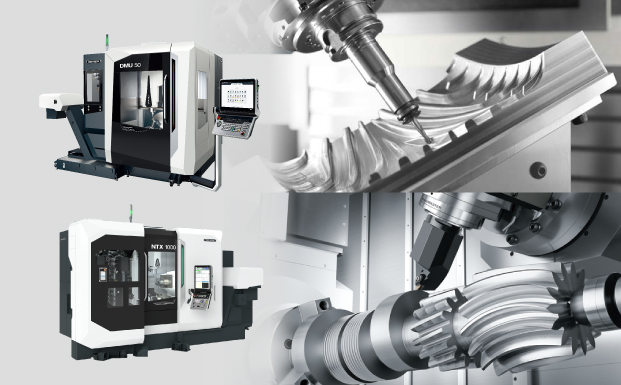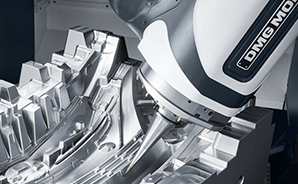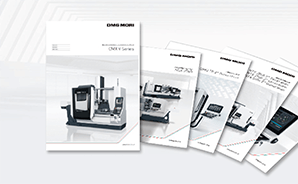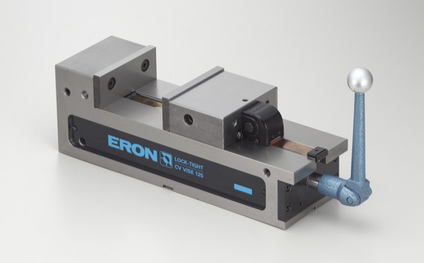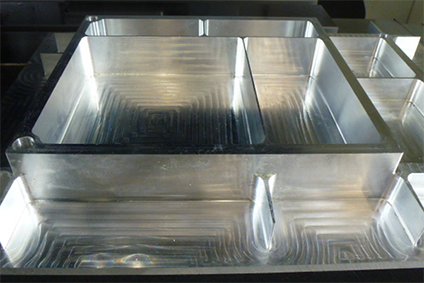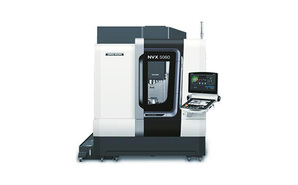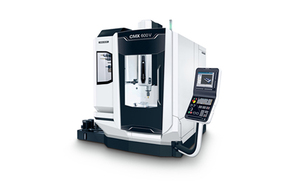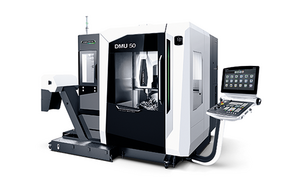- Tips on machining 2019/08/22 UP
-
- Tag
-
- Tool
- Chip disposal
Higher machining efficiency is crucial for saving machining costs. One of the ways to improve machining efficiency is increasing cutting (rotational) speed. And today, tools made of CBN or ceramics, or coated tools are increasingly used to achieve higher cutting speed.
Meanwhile, there are machining operations in which cutting speed cannot be increased. One such example is drilling. Cutting speed at a point close to the center of the drill is lower than that at the outermost, and the speed becomes zero at the chisel (center).
Tapping is another example. The responsiveness of the mechanical (drive) system to the command from the electrical (control) system becomes worse in proportion to the cutting speed. As low responsiveness negatively affects machining accuracy, cutting speed cannot be increased beyond a certain limit.
Also, you cannot increase cutting speed when using a low-rigidity tool or machining a fragile workpiece. These machining operations are inevitably done at low speeds.
In low-speed cutting, some melted portions of a workpiece, which are caused by cutting heat, adhere to the tool tip. This phenomenon is called “adhesion or welding.” Adhesion has a negative effect on finished surface quality and machining accuracy, and causes tool breakage. So, adhesion is one of the greatest enemies of stable machining, and thus needs to be suppressed.
In this issue, we will introduce three key points to prevent adhesion based on our experiment results.
(1) Increase rake angle
This content is for members only

